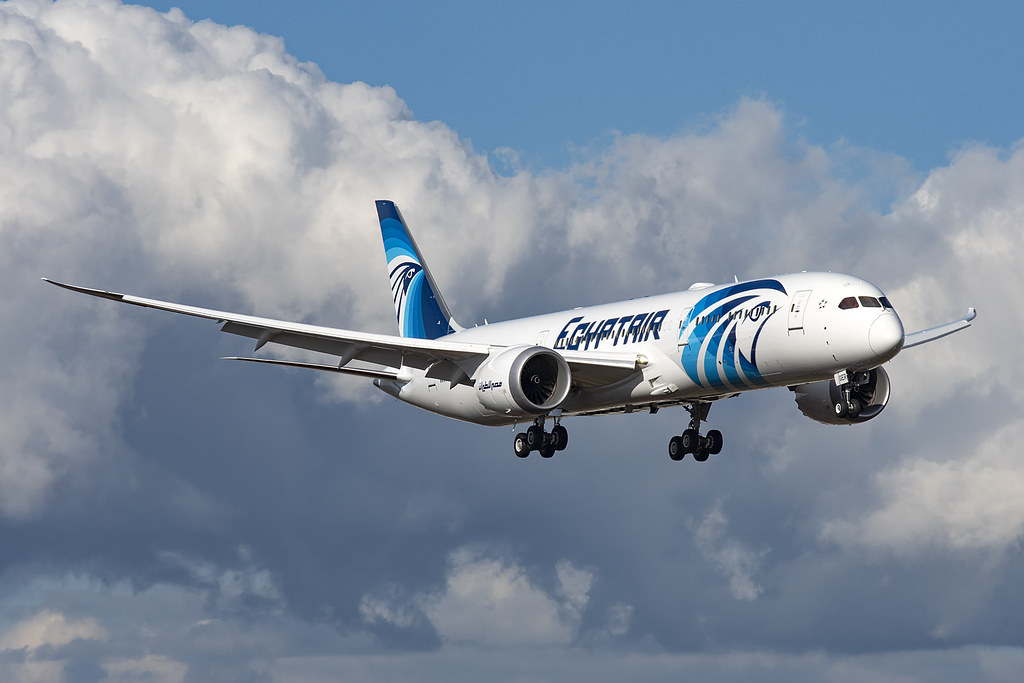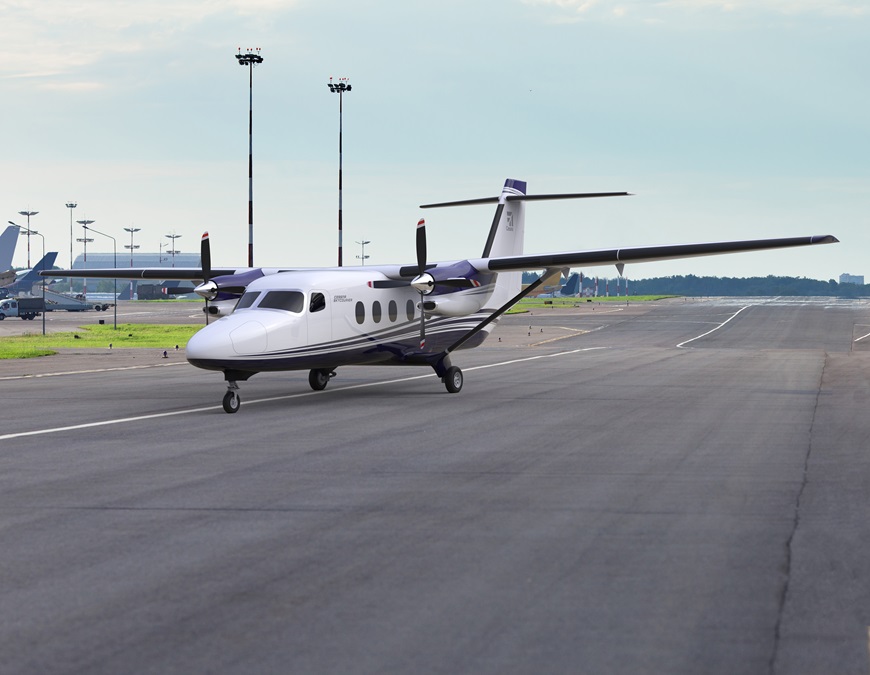- Supply chain deals include Landing Gear Exchange and Quick Engine Change kit solutions
- Companies also establish agreement to add regional MRO provider to Boeing’s growing global network
DUBAI, United Arab Emirates, Nov. 17, 2019 — Boeing [NYSE:BA] and EGYPTAIR MAINTENANCE & ENGINEERING (EGME) today announced agreements that will approve the Cairo-based MRO as Boeing’s first maintenance supplier in Africa and the Middle East region. The agreement enables EGME to provide aircraft, engines and component maintenance services and solutions to Boeing customers.
EGME will also receive landing gear exchange and overhaul support through the Boeing Landing Gear Exchange Program. The program provides flexible exchange solutions that allow customers to quickly repair and replace serviceable landing gear in hours.
Boeing will also supply parts for a Quick Engine Change kit. The kit includes hardware and components used to efficiently build up a spare engine to service-ready condition, lowering the maintenance time required to replace an engine and return aircraft to service.
“EGYPTAIR is optimizing operations for our growing fleet, which includes a sixth 787-9 Dreamliner aircraft, to always deliver a better experience for our customers,” said Ahmed Adel, chairman and CEO of EGYPTAIR Holding Company. “We are able to leverage the strength of a global supply chain network and increase efficiency by continuing to partner with Boeing.”
EGYPTAIR’s maintenance, repair and overhaul (MRO) subsidiary, EGYPTAIR Maintenance & Engineering (EGME), also signed a supplier agreement that will allow EGME to support Boeing’s customers with parts provisioning, engineering support and line maintenance.
“EGYPTAIR Maintenance & Engineering brings strong technical expertise with locations across the Middle East and Africa that enable us to better serve our customers in the region,” said Ted Colbert, president and CEO of Boeing Global Services. “Our customers rely on us to keep their airplanes in revenue service. With our global supplier network, which now includes EGME, we help make sure that our customers and their passengers fly Boeing airplanes with confidence every single day.”
“It’s another milestone in EGME’s strategy of growth in the global market as a leading MRO in Africa and the Middle East region,” said Mostafa Ali El-Din, chairman and CEO of EGME. “We are pleased to be part of Boeing’s global network, which reflects a great trust in our capabilities and personnel experience. EGME will utilize its wide-scope capabilities to provide the best technical services to customers who aspire for well-maintained fleet in service.”
In Boeing’s Services Market Outlook, the company forecasts rapid growth in the Middle East region’s commercial and government aviation services market, doubling the growth rate in North America.




